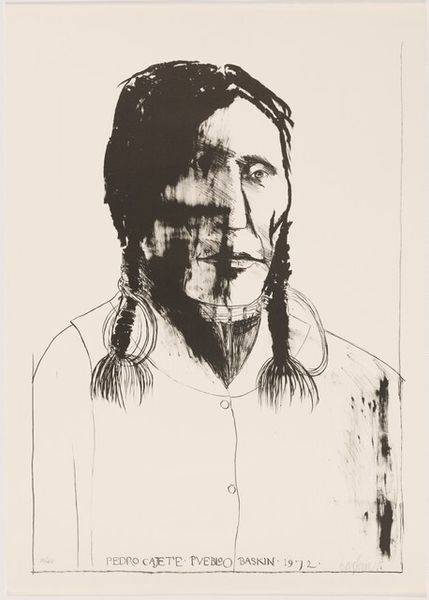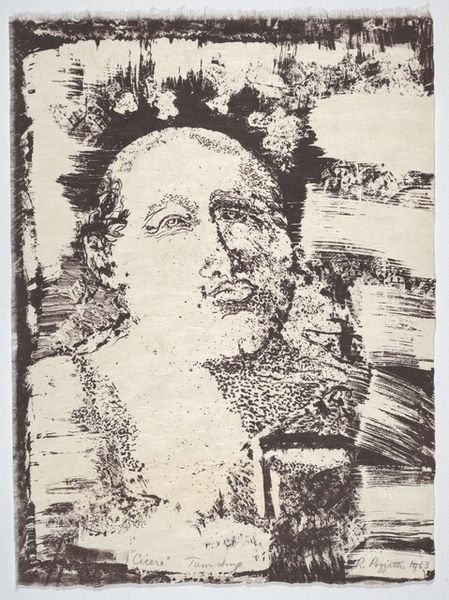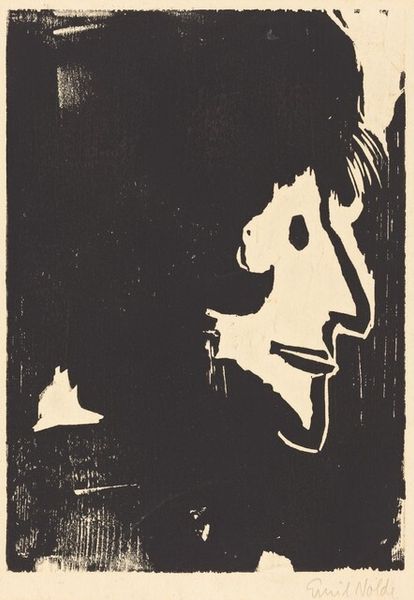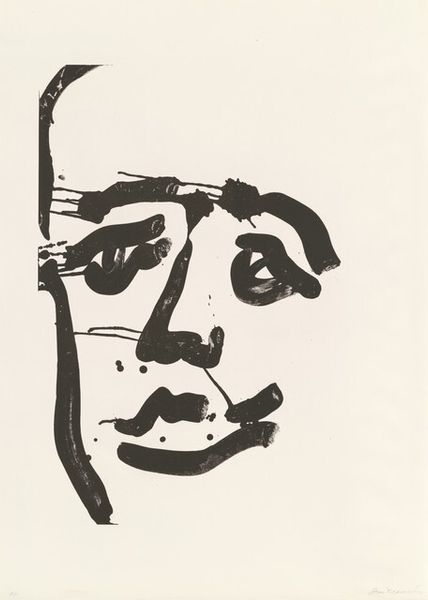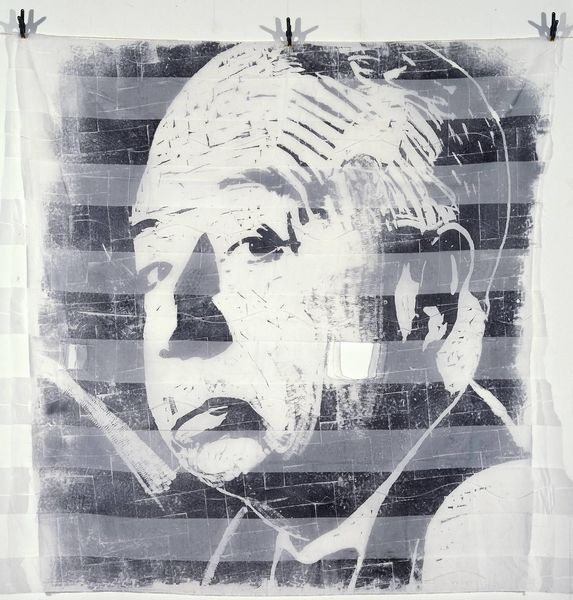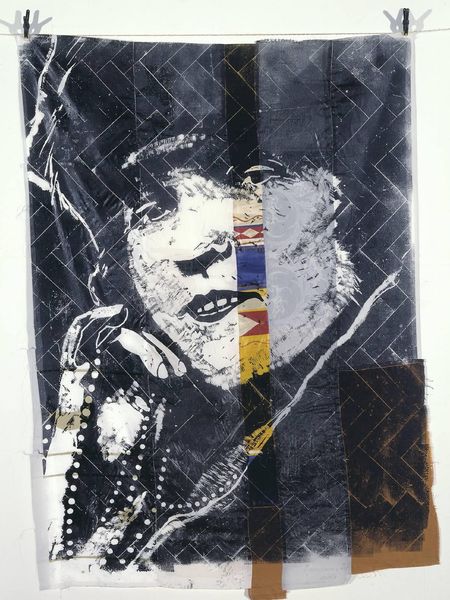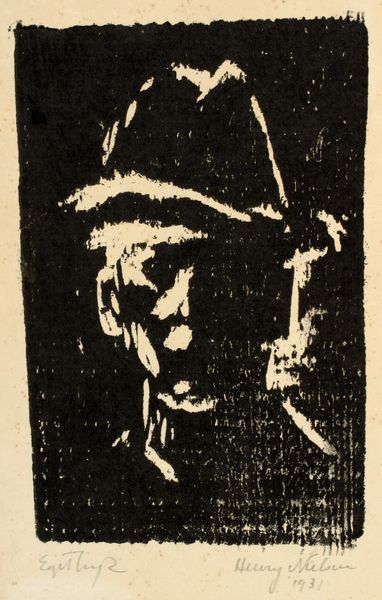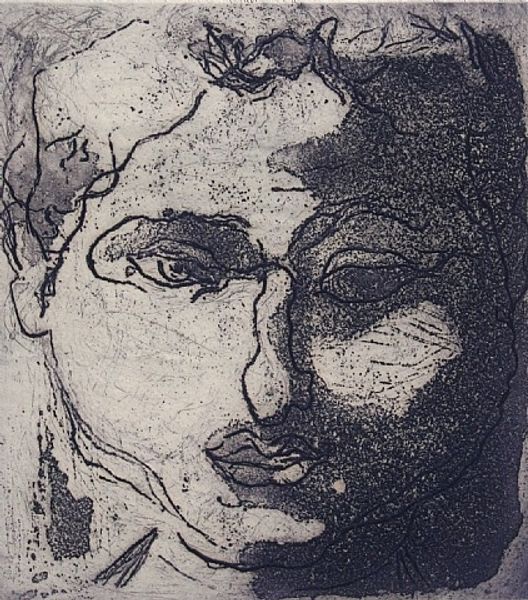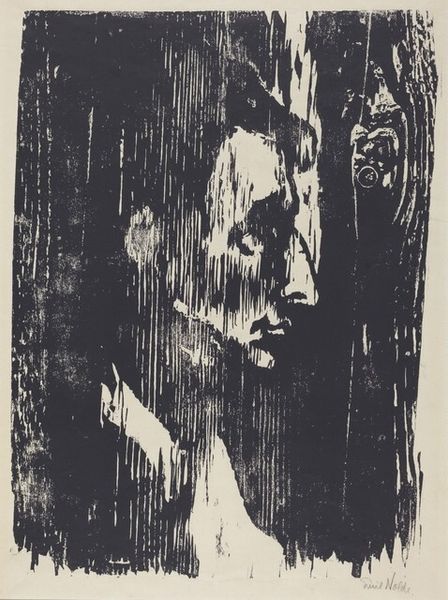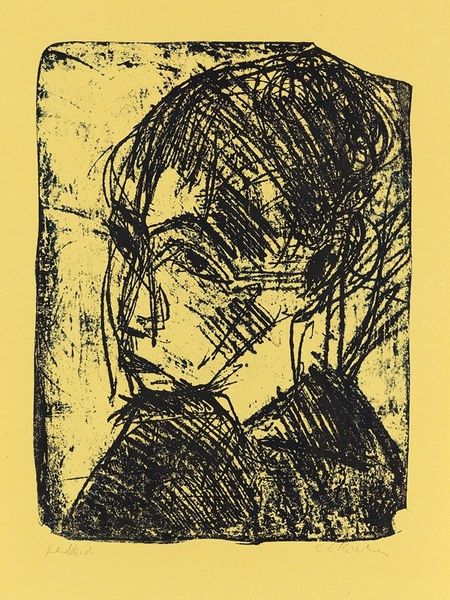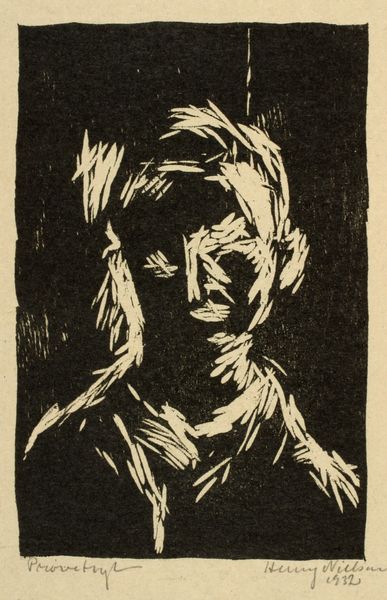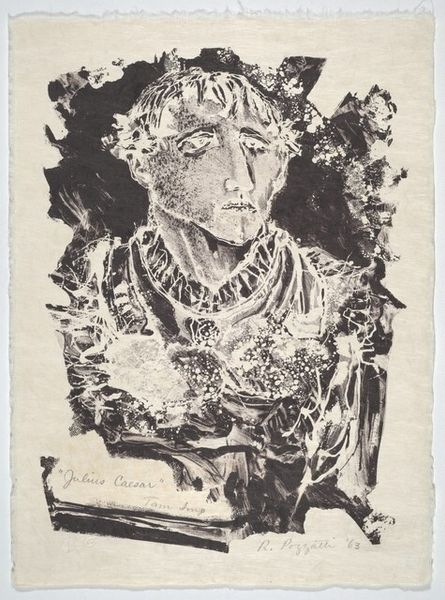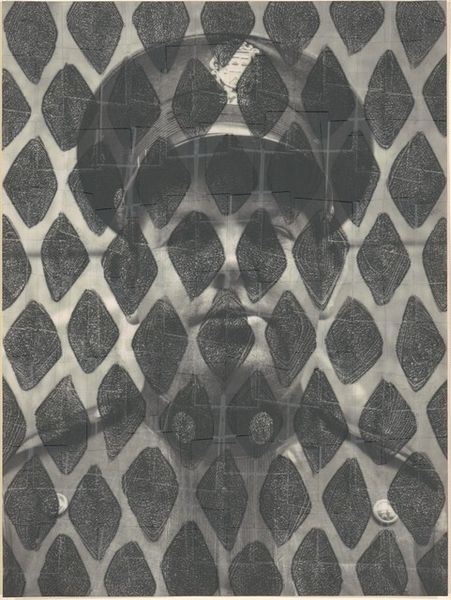
Dimensions: image: 151.13 × 120.65 cm (59 1/2 × 47 1/2 in.) framed: 161.13 × 130.65 × 5.08 cm (63 7/16 × 51 7/16 × 2 in.)
Copyright: National Gallery of Art: CC0 1.0
Editor: Here we have Vik Muniz’s "Alfred Stieglitz (from the series Pictures of Ink)" created in 2000. It's a photographic portrait made from ink, which is quite captivating. The high-contrast and dripping quality create an ephemeral feel. How do you interpret this work? Curator: This piece speaks volumes about appropriation and the commodification of artistic legacies. Muniz recreates a portrait of Stieglitz, a major figure in the history of photography, using ink, a fluid and unstable medium. It questions the role of photography in preserving or altering memory. Editor: So, you see it as a commentary on Stieglitz's impact? Curator: Absolutely. It's not simply a reproduction; it's an interrogation of Stieglitz's place within the art historical canon and the public perception of artistic genius. By using such a commonplace material, Muniz democratizes Stieglitz’s image, while simultaneously drawing attention to the market value associated with iconic artists. What do you make of the printing-like aesthetic in a photograph? Editor: I find the dot pattern unexpected. It gives the piece a printed feel despite being photography. Curator: Precisely. It resembles mass-produced imagery like that of Warhol. It critiques the endless reproducibility and circulation of images in our society and links Muniz's art practice with Pop Art's deconstruction of celebrity. Do you think the material adds something to that message? Editor: I guess the fact that it is ink that may evaporate over time adds a subtle comment about the ever changing fame of great figures? Curator: Exactly! Muniz uses the fragility of ink to reveal the transitory nature of reputation and permanence in the art world. Editor: That's given me a new appreciation for the piece! I was initially drawn to its aesthetic, but now I see it’s much more profound than I initially realised. Curator: Indeed. Muniz prompts us to consider the socio-political forces at play in shaping art history itself.
Comments
No comments
Be the first to comment and join the conversation on the ultimate creative platform.
